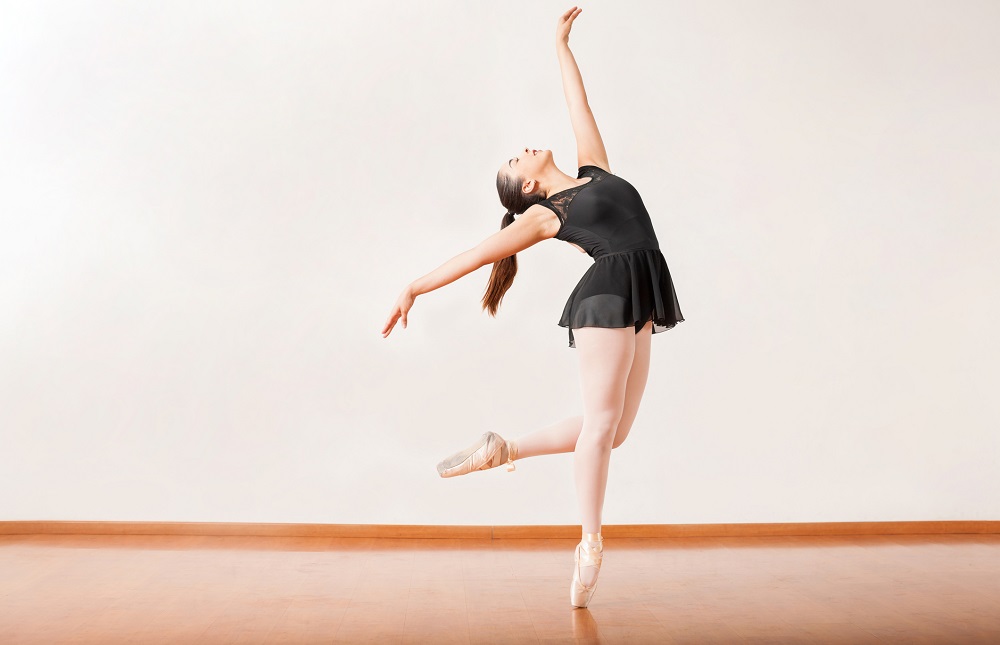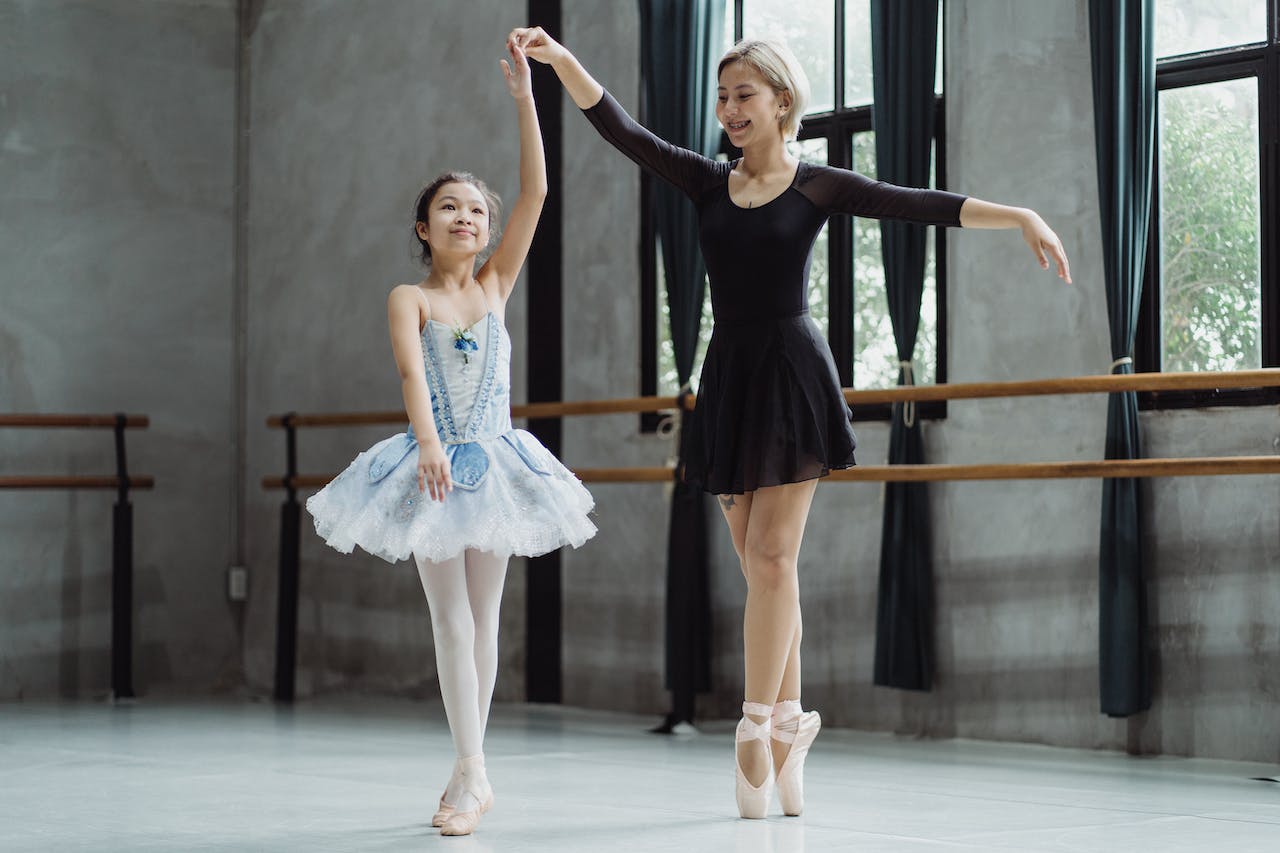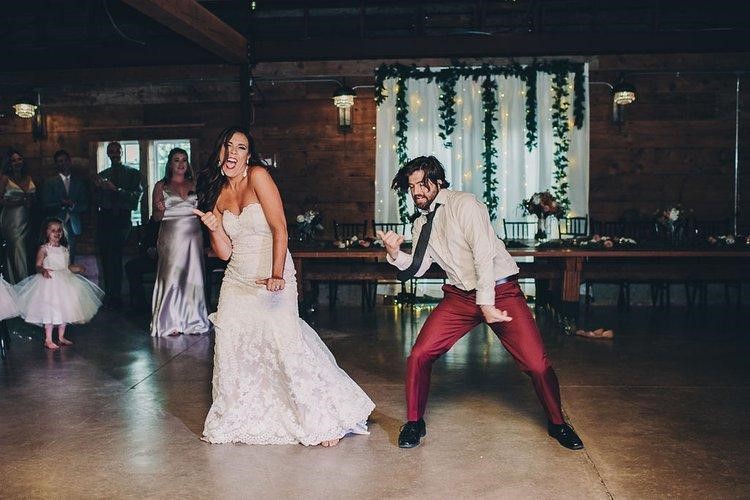Whether you’re a professional performer, a dance studio owner, or an event organizer, choosing the right dance floor is crucial for both safety and performance. A high-quality dance floor provides the foundation for movement, supports physical well-being, and enhances the dancer’s experience.
Poor-quality flooring can lead to injuries, hinder performance, and wear out quickly under regular use. This article explores the essential features that define a high-quality dance floor. Read on.
Sprung Flooring for Shock Absorption
One of the most critical features of a quality dance floor is its ability to absorb shock. A sprung floor is specifically designed to provide this function. It offers a slight “give” when dancers jump or land, reducing the impact on joints, bones, and muscles.
This minimizes the risk of long-term injuries like shin splints or joint strain, which are common in dancers who perform on hard, unyielding surfaces like concrete or tile. There are various types of sprung floors, including:
- basketweave systems
- foam blocks
- advanced floating floor systems
The key is consistent shock absorption across the entire floor area, so no matter where a dancer moves, the support remains the same.
Proper Surface Material for the Dance Style
The top surface or performance layer of the dance floor must match the style of dance being performed. Each dance form has unique requirements:
- Ballet
- Tap
- Hip-Hop or Street Dance
- Ballroom
Choosing the right surface material directly affects performance quality and safety. Make sure to consult an expert when building your own dance floor, such as a Marley floor.
Consistent Traction and Slip Resistance
Traction control is a balancing act. Too much grip can impede turning and lead to knee injuries, while too little can increase the risk of falls. High-quality dance floors are designed with a finish that offers optimal slip resistance-the perfect middle ground.
This is especially important in styles like jazz or contemporary, where dancers frequently transition from barefoot to socks or dance shoes. A consistent level of traction across the entire floor area prevents surprises and allows dancers to adapt confidently to the floor beneath them.
Evenness and Seamless Installation
A dance floor must be completely level and even to ensure stability and safety. Uneven surfaces can lead to:
- trips
- falls
- even long-term imbalance in dancers’ movement patterns
High-quality flooring solutions come with modular panels or rolls that are designed to interlock or join seamlessly, creating a smooth surface free of gaps or ridges. Seamless installation not only contributes to the aesthetics but also ensures that the flooring behaves as a single, cohesive unit, distributing impact forces evenly.
Durability and Longevity
Dance floors see constant use and must withstand repetitive impacts, foot traffic, shoe abrasions, and sometimes even spilled water or rosin. Quality floors are made from materials engineered for durability. For instance, commercial-grade vinyl is more resistant to wear and tear than household types.
Wooden floors, such as maple or oak, are prized for their long-lasting qualities when properly maintained. Look for floors that offer long manufacturer warranties. This is because they typically indicate a higher level of trust in the product’s durability.
Ease of Maintenance
Maintenance plays a significant role in the lifespan and hygiene of a dance floor. High-quality dance flooring is typically easy to clean with standard solutions and doesn’t require frequent refinishing. Some vinyl floors have anti-microbial coatings or are designed to resist moisture.
This is essential in shared spaces like studios or community centers. The ease with which a floor can be cleaned and maintained prolongs its life. It also ensures a safe and healthy dancing environment.
Portability and Modular Design (When Applicable)
Portability is a key feature, especially for:
- mobile performance troupes
- event organizers
- temporary installations
Many top-tier dance floors are designed as modular, portable panels that can be assembled and disassembled quickly. These systems often come with transport carts and include locking mechanisms to ensure the sections stay together during performances. While not every application requires a portable floor, when it’s needed, a modular high-quality system offers incredible flexibility without sacrificing safety or performance.
Compatibility with Subflooring
A dance floor doesn’t exist in isolation it often sits atop a subfloor. High-quality dance floors are designed to work in tandem with various subfloor types, whether it’s:
- concrete
- plywood
- another structural layer
Some manufacturers offer comprehensive flooring systems that encompass both the subfloor and the performance surface. It’s engineered to function optimally together. Understanding what lies beneath is just as important as choosing the right surface, especially in permanent studio installations.
Aesthetics and Finish Options
While performance and safety are paramount, the look and feel of the floor also matter, particularly in performance spaces and public venues. High-quality dance floors come in a variety of finishes and colors to match the setting, such as:
- wood grains for elegance
- matte black for a minimalist stage look
- colored vinyl for branding and visual appeal
Some floors are even customizable with logos or lines, useful for multi-purpose venues or competitions.
Acoustic Performance
The sound quality of a dance floor is especially important in styles like tap, flamenco, and Irish dance. It’s where the dancer’s movements are not only visual but also auditory. A high-quality dance floor will enhance the:
- clarity
- tone
- volume of footwork
This creates a more engaging performance for both dancers and audiences. The material, thickness, and construction of the floor all contribute to its acoustic properties.
Solid wood floors tend to produce a rich, resonant sound, while some vinyl-covered systems can dampen audio feedback unless specifically designed for percussive dance. Some floors also integrate underlayers or air gaps that help project sound more effectively without adding extra strain on the dancer’s body.
Build a High-quality Dance Floor Today
A high-quality dance floor is far more than just a smooth surface. It’s a dynamic system that balances shock absorption, traction, durability, aesthetics, and safety. Whether for ballet, hip-hop, ballroom, or a multi-use studio, understanding these essential features will help you choose a floor that enhances performance, protects dancers, and withstands the test of time.
If you want to read more articles, visit our blog.

Dilawar Mughal is an accomplished author with a passion for storytelling. His works span various genres, from thrilling mysteries to heartfelt romance novels. With a keen eye for detail and a knack for character development, Sana Fatima weaves engaging narratives that captivate readers and transport them to new worlds.









